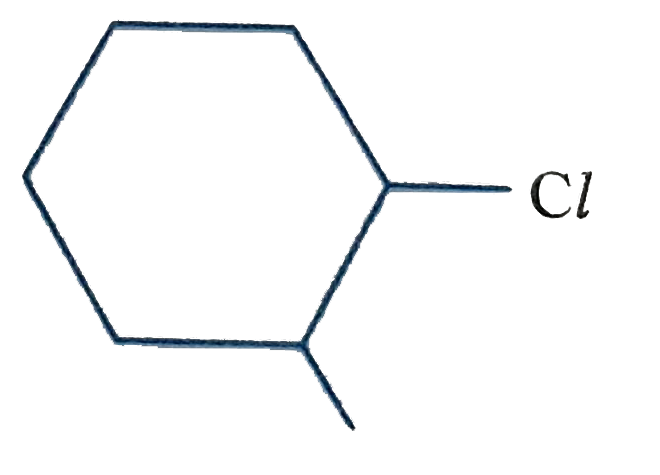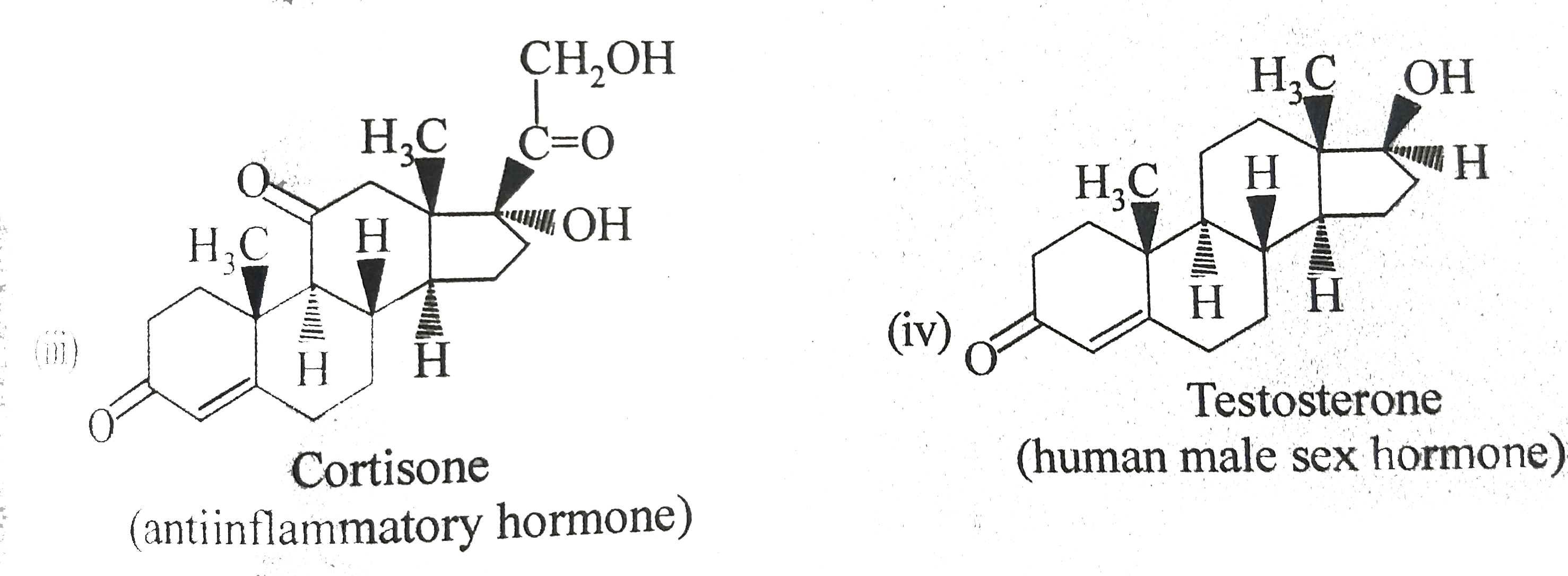CHBrCIF has chiral/achiral carbon atom.
To determine whether the carbon atom in CHBrClF is chiral or achiral, we need to analyze its structure and the characteristics of chirality. Here’s a step-by-step solution:
Step 1: Identify the Carbon Atom
In the compound CHBrClF, we have a carbon atom that is bonded to four different substituents:
- A hydrogen atom (H)
- A bromine atom (Br)
- A chlorine atom (Cl)
- A fluorine atom (F)
Step 2: Check for Tetrahedral Geometry
The carbon atom in CHBrClF is sp³ hybridized because it forms four sigma bonds with the four different substituents. This hybridization indicates that the geometry around the carbon atom is tetrahedral.
Step 3: Determine the Uniqueness of Substituents
For a carbon atom to be chiral, it must be bonded to four different groups. In this case:
- H (hydrogen)
- Br (bromine)
- Cl (chlorine)
- F (fluorine)
All four substituents are different from each other. Therefore, the carbon atom has four distinct groups attached to it.
Step 4: Conclusion on Chirality
Since the carbon atom in CHBrClF is sp³ hybridized and is bonded to four different substituents, it meets the criteria for chirality. Thus, the carbon atom in CHBrClF is chiral.
Final Answer
The carbon atom in CHBrClF is chiral.
---
In the compound CHBrClF, we have a carbon atom that is bonded to four different substituents:
- A hydrogen atom (H)
- A bromine atom (Br)
- A chlorine atom (Cl)
- A fluorine atom (F)
The carbon atom in CHBrClF is sp³ hybridized because it forms four sigma bonds with the four different substituents. This hybridization indicates that the geometry around the carbon atom is tetrahedral.
For a carbon atom to be chiral, it must be bonded to four different groups. In this case:
- H (hydrogen)
- Br (bromine)
- Cl (chlorine)
- F (fluorine)
Since the carbon atom in CHBrClF is sp³ hybridized and is bonded to four different substituents, it meets the criteria for chirality. Thus, the carbon atom in CHBrClF is chiral.
The carbon atom in CHBrClF is chiral.
Topper's Solved these Questions
- HALOALKANES AND HALOARENESBOOK - MODERN PUBLICATIONCHAPTER - HALOALKANES AND HALOARENESEXERCISE - REVISION EXERCISE (Objective Questions) (Multiple choice questions)
30 Videos
- HALOALKANES AND HALOARENESBOOK - MODERN PUBLICATIONCHAPTER - HALOALKANES AND HALOARENESEXERCISE - REVISION EXERCISE (Objective Questions) (Passage based questions)
10 Videos
- HALOALKANES AND HALOARENESBOOK - MODERN PUBLICATIONCHAPTER - HALOALKANES AND HALOARENESEXERCISE - MEMORY TEST (B. Complete the missing links)
11 Videos
- GENERAL PRINCIPLES AND PROCESSES OF ISOLATION OF ELEMENTSBOOK - MODERN PUBLICATIONCHAPTER - GENERAL PRINCIPLES AND PROCESSES OF ISOLATION OF ELEMENTSEXERCISE - COMPETION FILE (Integer Type Numerical Value Type Questions)
5 Videos
- ORGANIC COMPOUNDS CONTAINING NITROGEN BOOK - MODERN PUBLICATIONCHAPTER - ORGANIC COMPOUNDS CONTAINING NITROGEN EXERCISE - UNIT PRACTICE TEST
5 Videos
Similar Questions
Knowledge Check
Number of chiral carbon atoms is
 isA2B3C4D1
isA2B3C4D1Assertion: 2,3-dichloropentene has four stereoisomerse.
Reason: It contains two chiral carbon atoms.AIf both assertion and reason are true and the reason is the correct explanation of the assertion.BIf both assertion and reason are true and the reason is not the correct explanations of the assertionCIf the assertion is true but reason is falseDIf assertion is false but reason is true.What is the following things happens when an enantiomer undergoes a chimal reaction at a site other than the chiral carbon atom?
AThe reaction occurs with inversionBThe reaction proceeds with retantionCThe reaction takes place with complete recemizationDThe reaction proceeds with parital racemization
In open chain structure, how many chiral carbon atoms in D-(-)-Ribose ?
View SolutionNo of chiral carbon in compound B

View SolutionCalculate the total number of chiral carbon atoms in.


View SolutionThe isomeric alcohol which has a chiral carbon atom is :
View SolutionWhile assigning R,S configuration the correct order of priority of groups attached to chiral carbon atom is
View Solution
